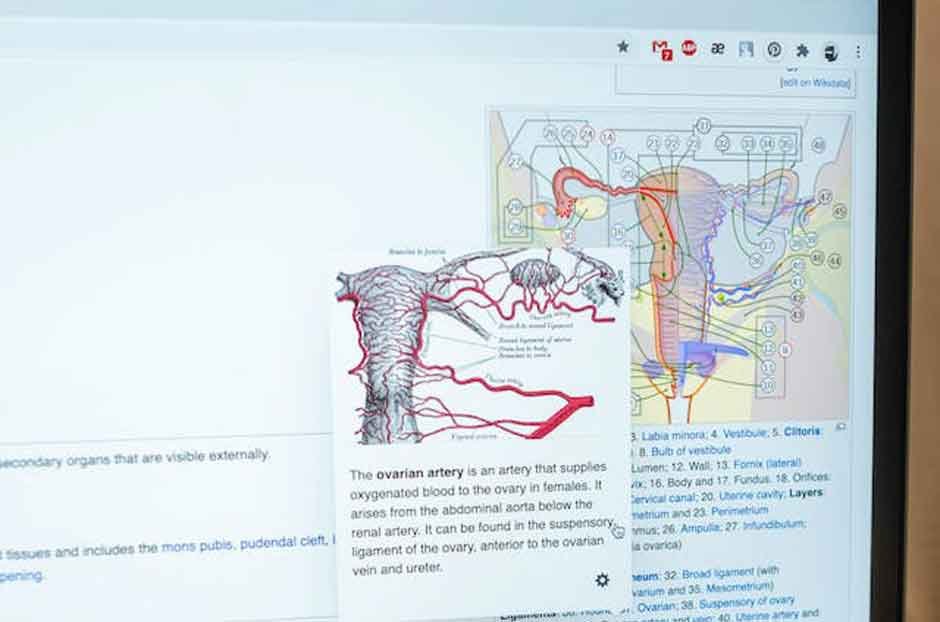It might be overwhelming to learn that you have uterine fibroids, but knowing what treatment choices are available to you can help you make decisions about your health that are well-informed. Here’s a comprehensive guide to help you navigate the available treatments for uterine fibroids.
1. Consultation with a Healthcare Professional:
Embarking on the journey to address uterine fibroids begins with a crucial step—scheduling a consultation with a healthcare professional. This first appointment gives your healthcare professional a chance to thoroughly evaluate your circumstances. Along with your general health and medical history, variables including the size, location, and features of the fibroids will be considered. The consultation is an informative session where you can discuss your symptoms, concerns, and any impact on your quality of life. This open dialogue establishes the foundation for collaborative decision-making regarding the most appropriate and personalized treatment options available. Whether you are considering minimally invasive treatments, surgical interventions, or medical management, your healthcare professional will help you make decisions that are in line with your individual requirements and preferences.
2. Non-Invasive Approaches:
When exploring uterine fibroid treatment options, non-invasive approaches emerge as viable solutions to manage symptoms effectively. Medications and hormone therapies play a key role in this category, working to regulate menstrual cycles, mitigate pain, and alleviate the discomfort associated with fibroids. For those with uterine fibroids, these non-invasive therapies are intended to target certain symptoms, providing comfort and enhancing overall quality of life. Consulting with a healthcare professional, especially one specializing in uterine fibroid treatment, will provide valuable insights into the appropriateness of these non-invasive approaches based on your unique medical profile and preferences.
3. Minimally Invasive Procedures:
In cases where more direct intervention is necessary, minimally invasive procedures stand out as valuable options for treating uterine fibroids. Procedures such as uterine artery embolization (UAE) and myomectomy offer targeted approaches, focusing on specific fibroids while preserving the overall health of the uterus. By cutting off the fibroids’ blood supply, uterine artery embolization helps to reduce their size and relieve associated discomfort. On the other hand, myomectomy entails the surgical removal of individual fibroids, allowing for symptom relief while maintaining the integrity of the uterus. These minimally invasive techniques are preferred for their efficacy in providing relief from fibroid-related symptoms, coupled with shorter recovery times. Consulting with a healthcare professional, particularly one with expertise in uterine fibroid treatment in Memphis, TN, is essential for a personalized and informed approach to determine the most suitable procedure based on individual circumstances.
4. Surgical Options:
When uterine fibroids present severe challenges to health and other treatment avenues prove less feasible, surgical options become a consideration. One of the definitive procedures in such cases is a hysterectomy, a surgical intervention involving the removal of the uterus. This all-encompassing strategy guarantees the total eradication of fibroids while treating related symptoms and any health hazards. While a hysterectomy is a significant decision due to its irreversible nature and implications on fertility, it is a highly effective solution for women who have completed their family planning or for those with severe fibroid-related complications. A thorough consultation with healthcare professionals, especially those specializing in uterine fibroid treatment, is essential to explore the potential benefits and consequences of surgical options and determine the most suitable course of action tailored to individual health needs and goals.
5. Shared Decision-Making:
Shared decision-making is a crucial aspect of navigating uterine fibroid treatment. Collaborating with your healthcare team allows you to participate actively in the decision-making process, ensuring that the chosen treatment aligns with your preferences, values, and health goals. Ask questions regarding the advantages, disadvantages, and possible results of any treatment choice while speaking with your healthcare professionals. This will promote open communication and transparency. Your healthcare team, including specialists in uterine fibroid treatment, can provide valuable insights and guide you through the decision-making process. This collaborative approach empowers you to make informed choices that consider both the medical aspects of the condition and your individual preferences, leading to a comprehensive and personalized fibroid treatment plan.
Conclusion:
Navigating treatment options for uterine fibroids requires collaboration with your healthcare team. By understanding the available choices and actively participating in the decision-making process, you can embark on a path toward effective fibroid management.



